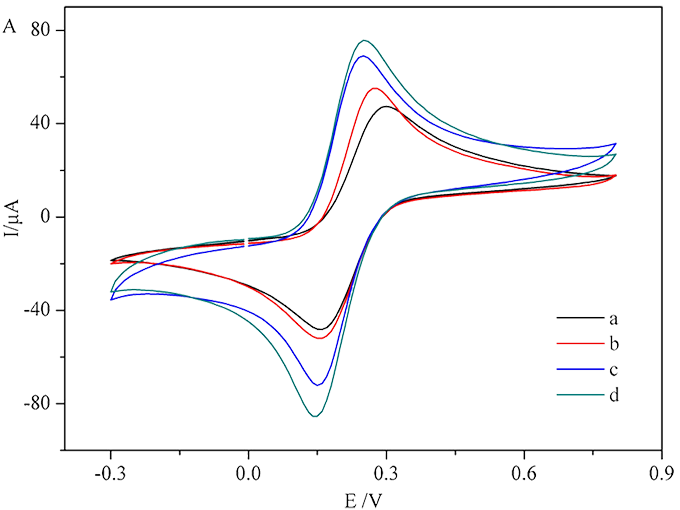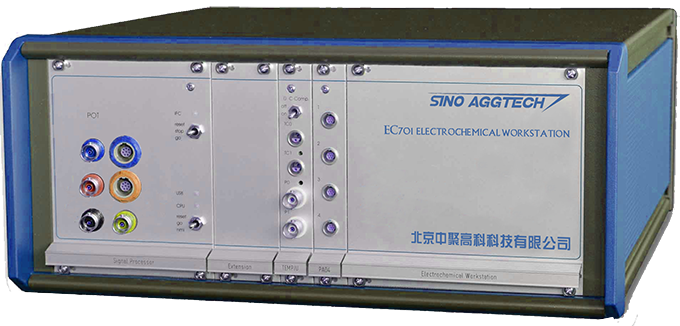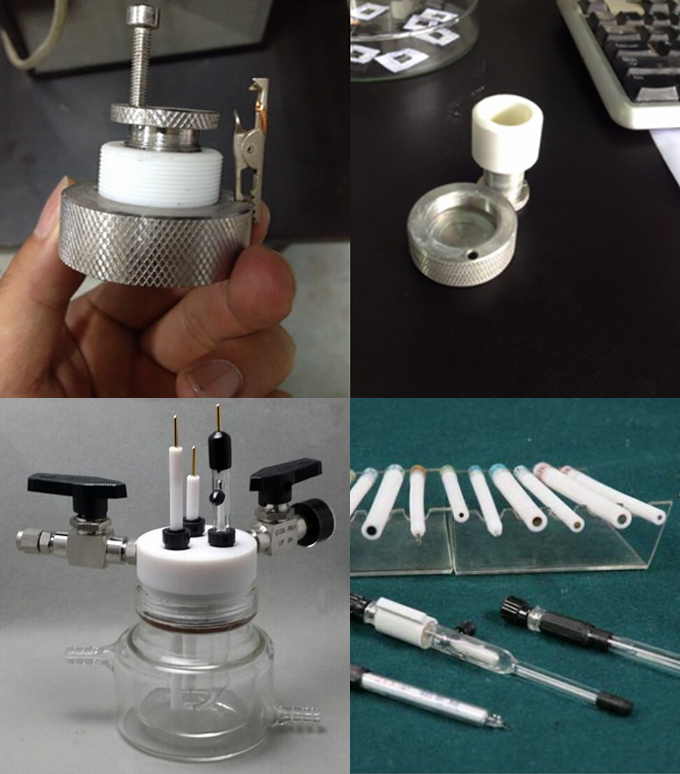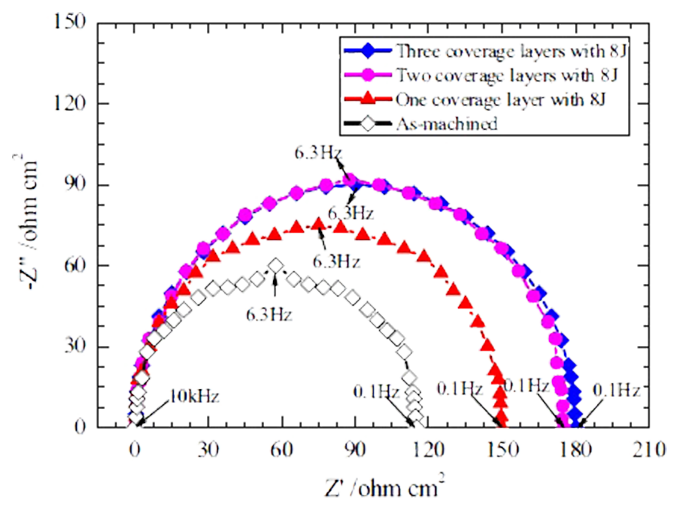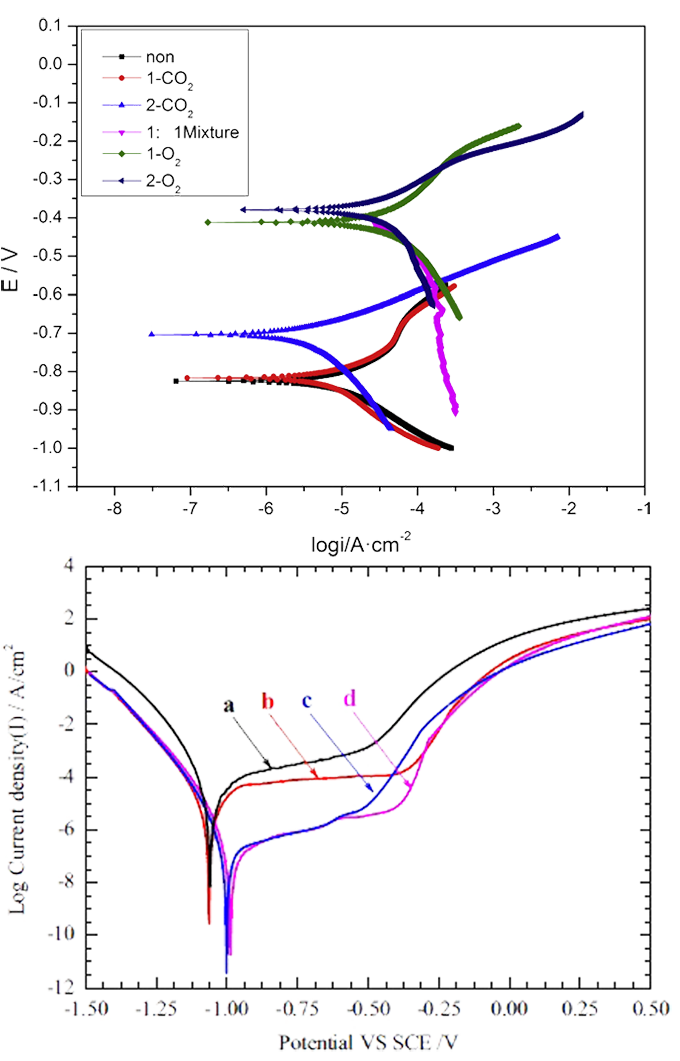EC701 series electrochemical analysis system, based on the traditional electrochemical analyzer/workstation, has been optimized to provide a fully automatic analysis module, and a wider measurement range, higher precision measurement values. The main unit includes potentiostat/galvanostat and frequency generator and analyzer. The hardware structure is integrated design, supports high frequency and high input impedance test, and has strong expansion ability. The software control interface is friendly and powerful, which can meet most of the needs of electrochemical research. It can be used in chemical and physical power supply, functional materials, corrosion and protection, electrochemical deposition, electrochemical analysis and teaching.
The EC701 series electrochemical analysis system has excellent stability and accuracy, advanced hardware and functional software, providing an excellent scientific research platform for scientists involved in energy, materials, life sciences, environmental protection and other fields.
Product features
1. Automatic analysis module, current and voltage automatic shift
2. Wide measuring range, high precision, improve the accuracy of complex Angle measurement
3. Excellent low impedance test characteristics, accuracy up to the order of microohm
4. Can control the charge and discharge test of energy devices. During the battery charging and discharging process, the conversion from constant current to constant voltage will not have any pulse interference
5. Software testing packages have been specially designed for different fields (such as electrocatalysis, batteries, supercapacitors, etc.)
6. EIS can be tested in constant potential or constant current mode. In the hybrid current mode, the AC current of each frequency segment is dynamically adjusted to reach a fixed AC voltage output
Technical parameter
1. Frequency generator and analyzer part
Frequency range: 10 μHz to 3 MHz
Resolution: 5000 steps/decade
Ac amplitude range: 1 mV ~ 1 V
Impedance range: 10 μΩ ~ 1 TΩ
Phase accuracy: ±0.2 deg @ 10 μHz ~ 100 kHz; ±1.0 deg @ 100 kHz ~ 1 MHz
Differential input: > 80 dB at 10 μHz ~ 100 KHz; > 60 dB at 100 kHz to 1 MHz
2. Potentiostat/galvanometer part
Tank pressure: ±20 V
Output current: ±250 mA / ±1 A
Voltage range: ±14 V
Resolution: 64,000 steps/range
Input impedance: typical 1 TΩ/5 pF
Input current: 10 pA
Small signal rise time: 250 ns ~ 200 μs in 5 steps automatic range selection
Constant potential control range: ± 14V
Potential accuracy: 1 mV
Potential control noise: < 0.01 mV
Potential rise time: < 0.2ms
Sensitivity: 1×10-9 ~ 1 A/V, a total of 15 ranges
Input current range: ± 1μA ~ ± 1A, automatic shift
Current minimum resolution: 0.1%
Potential update rate: 100 kHz
Constant current control range: ±1 A
Current accuracy: ±10 pA or current range value ±0.3%
Current measurement resolution: 0.01% range
3. Other
CV and LSV scanning speed: 0.001 mV ~ 20000 V/s
CA and CC pulse width: 0.0001 ~ 1000 s
DPV and NPV pulse width: 0.0001 ~ 40 s
SWV frequency: 1 ~ 100 KHz
The minimum potential increment of CV is 0.0125 mV
Input bias current: < 100 pA
Reference electrode input impedance: 1× 1012Ω
Reference electrode input bandwidth: 20 MHz
Reference electrode input bias current: < =10 pA @ 25 oC
DA resolution: 16 bit, build time: 0.1s
Automatic or manual iR drop compensation
Current measurement bias: full scale, 16-bit resolution, 0.003% accuracy
Potential measurement bias: ±14 V, 16-bit resolution, 0.003% accuracy
Other: automatic potential and current zero adjustment; Low pass filters for potential and current measurement
System photo
Accessory consumables
Working electrode, auxiliary electrode, reference electrode, electrode rack, electrolytic cell power supply chemical users to choose.
Typical result
1. Ac impedance
The instrument adopts correlation integration algorithm and dual-channel synchronous oversampling technology, which has strong anti-interference ability and can be used in high resistance system (> 109Ω) for AC impedance measurement, can also be used for Mott-Schottky curve and differential capacitance curve drawing. The software can display the open circuit potential in real time, and the user can output the accurate polarization overpotential without input.
2. Polarization curve
With linear polarization and Tafel polarization curve measurement function, users can set the anode sweep current (passivation film breakdown current) of the cyclic polarization curve to determine the pitting potential and protection potential of the material, and evaluate the intergranular corrosion sensitivity. The software uses the nonlinear fitting algorithm to analyze the polarization curve, which can be used to evaluate the corrosion resistance of materials and the properties of corrosion inhibitors quickly.
3. Voltammetry analysis
It can complete linear sweep voltammetry (LSV), cyclic voltammetry (CV), step voltammetry (SCV), square wave voltammetry (SWV), differential pulse voltammetry (DPV), AC voltammetry (ACV), stripping voltammetry and other electrical analysis methods, and integrates peak area, peak current calculation and standard curve analysis functions.
